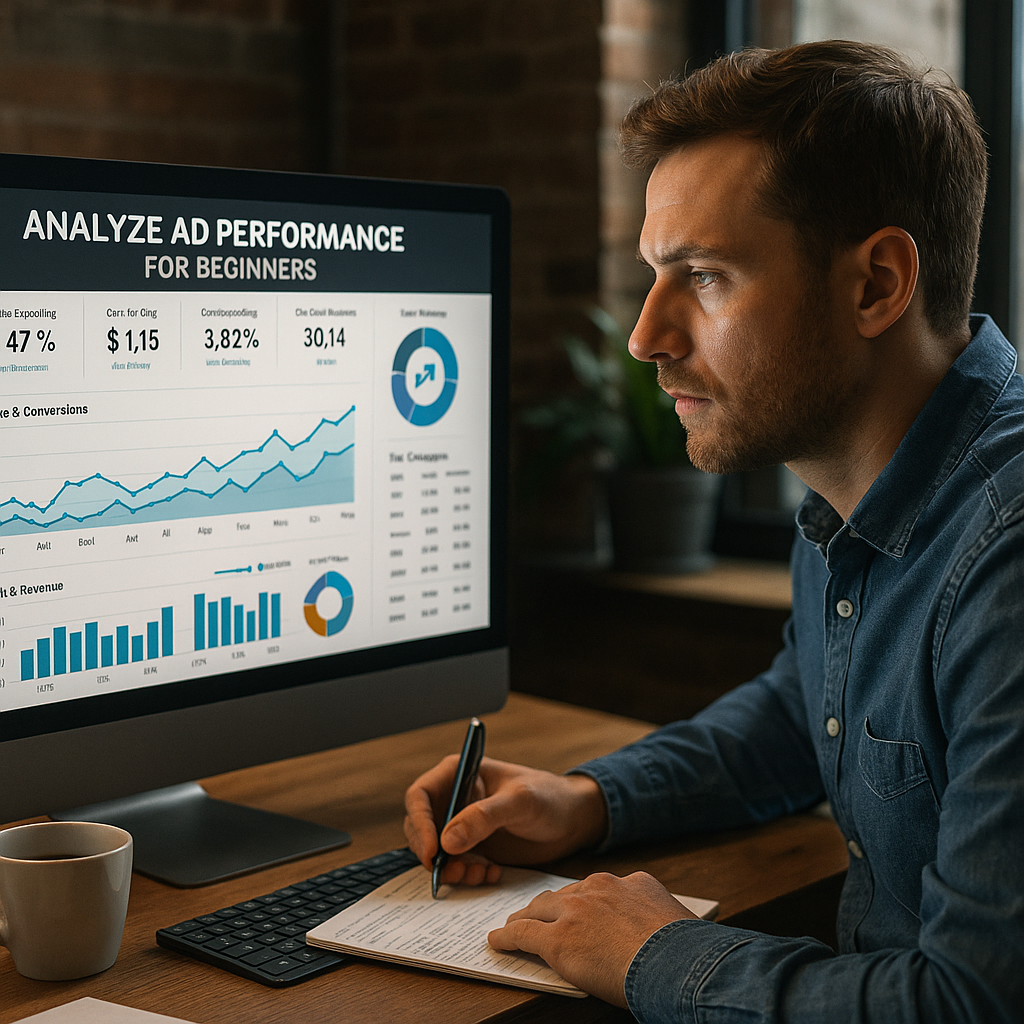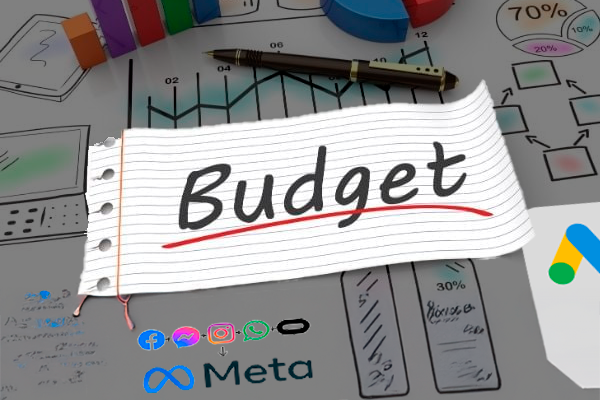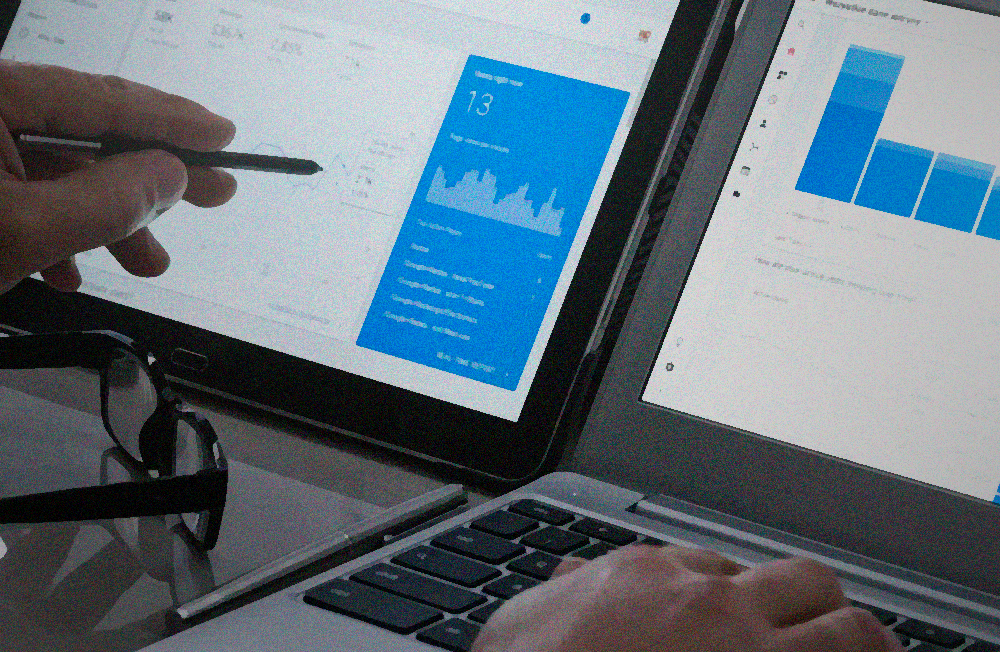Running ads is exciting — you create your campaign, set your budget, and wait for the results.
But here’s the truth: the real work in traffic management begins after the ad is live.
Your ability to read and understand performance data is what turns a basic campaign into a profitable one.
In this guide, we’ll go step-by-step through the process of analyzing ad performance so you can make data-driven decisions, improve ROI, and build a reputation as a skilled traffic manager.
Why Ad Analysis Is a Core Skill
Most beginners think launching an ad is the hard part.
In reality, the launch is only the start. Ads require constant monitoring and adjustments to deliver consistent results.
Effective analysis helps you:
- Detect and fix problems early
- Identify which ads deserve more budget
- Cut underperformers before they waste money
- Continuously improve targeting, creatives, and bidding strategies
- Provide clear, measurable reports to clients or stakeholders
Without it, you’re essentially driving in the dark.
Step 1: Focus on the Right Metrics
Ad platforms provide dozens of metrics, but not all are equally important.
The key is to focus on the numbers that connect directly to your campaign goals.
Here are the most critical metrics for beginners:
1. Click-Through Rate (CTR)
Measures how many people clicked on your ad compared to how many saw it.
Formula: (Clicks ÷ Impressions) × 100
A high CTR usually means your ad is engaging and relevant to the audience.
2. Cost Per Click (CPC)
Shows how much you pay for each click. Lower CPC can mean better efficiency, but only if those clicks are high quality.
3. Conversion Rate
The percentage of people who took your desired action after clicking. This could be a purchase, sign-up, or download.
4. Cost Per Acquisition (CPA)
How much it costs you to get one conversion. This is a key indicator of profitability.
5. Return on Ad Spend (ROAS)
Revenue generated for every dollar spent. A ROAS of 4x means you made $4 for every $1 spent.
Knowing these metrics — and how they interact — is the first step toward meaningful analysis.
Step 2: Compare Data Over Time
Looking at one day’s results won’t tell you the full story.
Instead, you should:
- Analyze performance over at least 7–14 days
- Look for patterns rather than single-day spikes
- Compare with past campaigns or historical data
- Factor in seasonality and day-of-week performance
Trends over time give you context for making better decisions.
Step 3: Segment Your Data for Deeper Insights
When you only look at the big picture, you might miss what’s actually driving your results.
Segmenting your data allows you to see which specific elements are working best.
You can segment by:
- Audience (demographics, interests, behaviors)
- Placement (Facebook feed vs. Instagram Stories vs. Google search results)
- Device (mobile, desktop, tablet)
- Geography (country, state, or city)
- Creative (image vs. video, headline variations)
Example: You might discover that your ad performs best on Instagram Stories for women aged 25–34 in urban areas — this insight lets you optimize your budget for maximum impact.
Step 4: Identify Winning Ads and Scale Them
Once you’ve identified high-performing ads:
- Increase their budget gradually (20–30% at a time to avoid algorithm shock)
- Test them with new audiences
- Keep the core creative but change smaller elements like headlines or calls-to-action to extend their lifespan
Scaling winners is one of the fastest ways to improve ROI.
Step 5: Optimize or Pause Low Performers
Not every ad will be a hit — and that’s okay. The key is to quickly recognize and deal with underperformers.
Options include:
- Changing the creative or copy
- Adjusting targeting to focus on more engaged audiences
- Lowering the budget
- Pausing the ad entirely to stop waste
Remember: saving money on bad ads gives you more to invest in the good ones.
Step 6: Use A/B Testing Effectively
A/B testing is the science of comparing two versions of an ad to see which one performs better.
Best practices include:
- Change only one variable at a time (e.g., image, headline, audience)
- Test for long enough to gather statistically significant data
- Keep a control version for comparison
- Avoid making decisions too early — allow the algorithm to learn
When done right, A/B testing removes guesswork from your optimization process.
Step 7: Create Regular, Actionable Reports
Reports aren’t just a formality — they’re a roadmap for future campaigns.
A good report should include:
- A summary of key metrics
- Top-performing ads and their winning factors
- Underperforming ads and recommendations for improvement
- Graphs or charts for visual clarity
- Insights that connect data to actual business goals
If you work with clients, clear reports also build trust and demonstrate your value.
Common Beginner Mistakes in Ad Analysis
- Focusing on vanity metrics like impressions without connecting them to conversions or revenue
- Making changes too quickly before the algorithm has time to optimize
- Ignoring the landing page experience, which can make good ads look bad
- Relying on one platform’s numbers without cross-verifying data
- Not setting clear campaign goals before analyzing results
Pro Tips for Better Ad Performance Analysis
- Always relate metrics back to your campaign’s objective
- Compare performance to industry benchmarks for context
- Use automated rules to scale or pause ads based on specific criteria
- Keep detailed notes on every change you make — this helps you understand what worked and what didn’t
- Learn to spot leading indicators (like CTR) that predict success before conversions fully roll in
The Bottom Line
Ad analysis is both an art and a science.
It requires a strong grasp of key metrics, a willingness to dig into segmented data, and the discipline to make changes based on evidence — not gut feelings.
By following these steps, you’ll gain the confidence to make smarter decisions, optimize campaigns faster, and consistently deliver better results for your business or clients.



